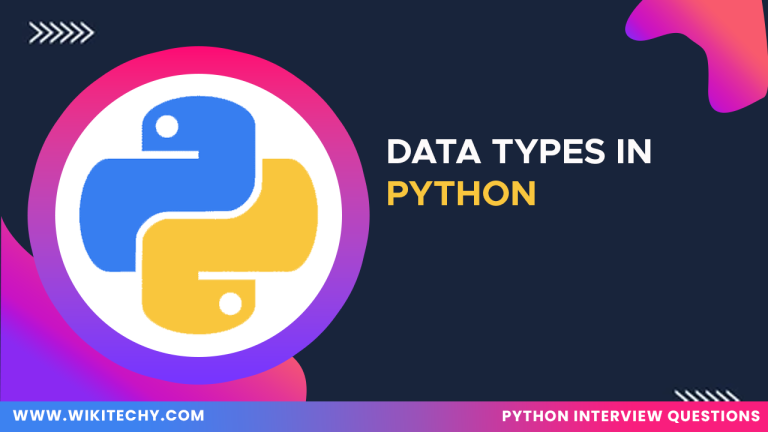Definition
Data types in Python are classifications that specify the type of value a variable holds, determining what operations can be performed on that value. Python has several built-in data types for handling different kinds of data. There are
Contents
- Integer
- Float
- String
- List
- Tuple
- Dictionary
- Set
- Boolean
Examples
Output
Features
- Python allows converting between different data types
- Python provides a wide range of built-in data types
- Some data types like lists and dictionaries are mutable
Advantages
- Python’s data types are intuitive
- Python’s dynamic typing allows variables to change types
- Built-in methods associated with data types
Uses
- Integers and floats are used for arithmetic operations
- Strings handle and manipulate textual data in various applications.
- Lists, tuples, sets, and dictionaries are used to organize and manage collections of data








